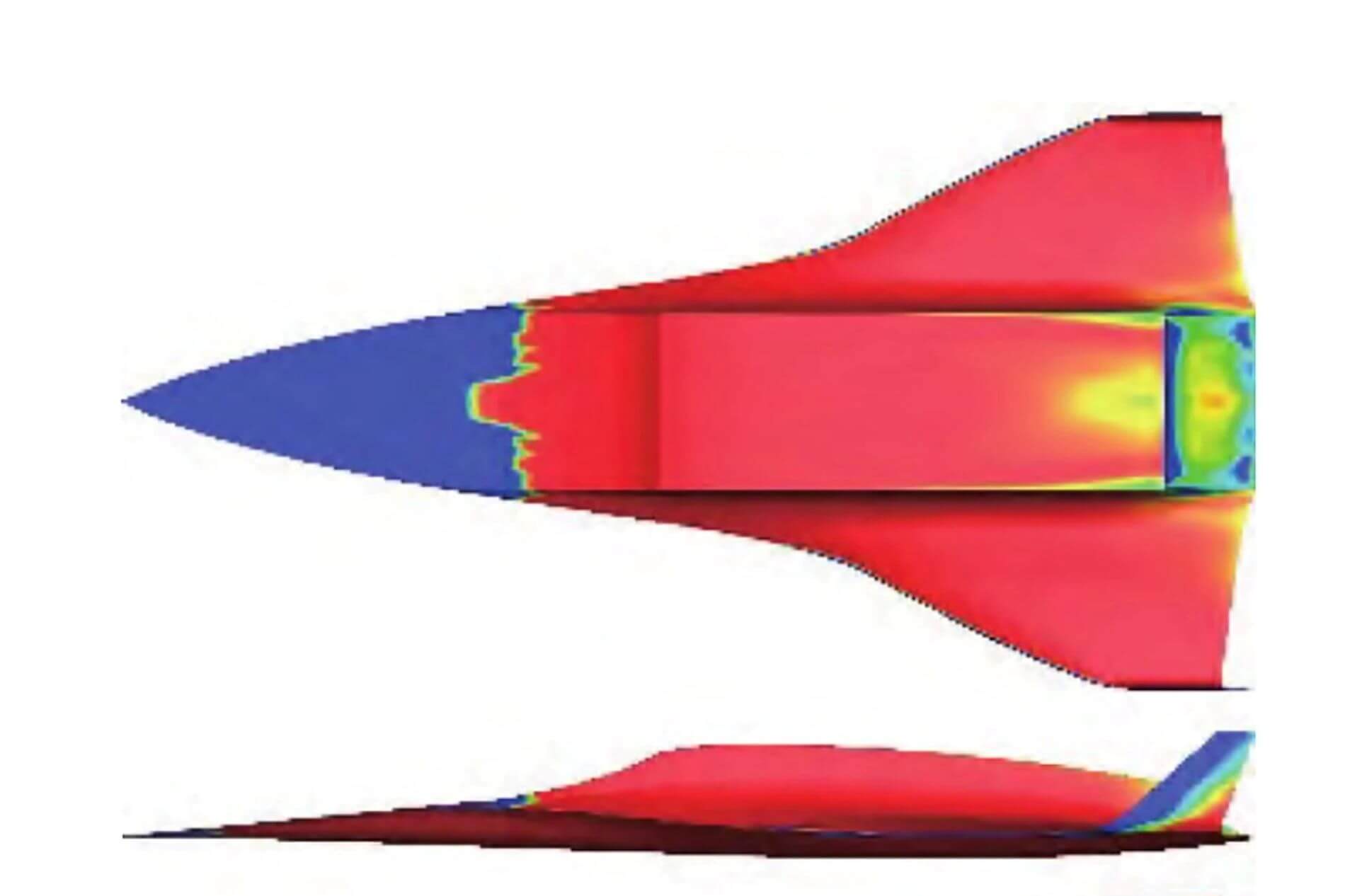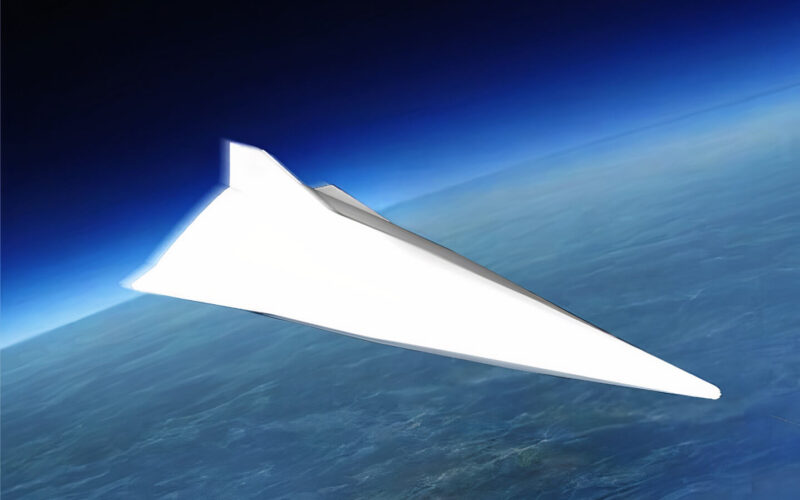Chinese scientific journal published details on the design of 10-seat Mach 6-capable aircraft which it claims could be mass-produced before 2035.
The details were revealed by the South China Morning Post with a reference to the Physics of Gasses, a bimonthly scientific journal.
The design is being worked on by researchers of the Beijing Institute of Technology and the Institute of Spacecraft System Engineering, some of whom have been involved with China’s Moon and Mars rover missions.
“A fleet” of such aircraft could be operational by 2035, according to the publication, and a design capable of carrying 100 people and reaching orbital speeds could follow shortly.
Illustrations show a 3D model of a sleek aircraft with delta wings and a top-mounted engine. According to the article, it would be powered by “a new propellant technology” the specifics of which were not revealed.
The publication is most likely just a preliminary study. Numerous such studies are being published by scientists every year and they rarely describe concrete plans.
Nevertheless, in recent years at least projects to build hypersonic airliners have entered development. China has also been heavily investing in hypersonic programs that could pave the way to civilian developments.

(Image: Beijing Institute of Technology / SCMP)

